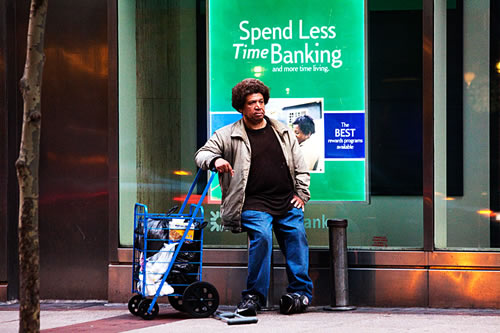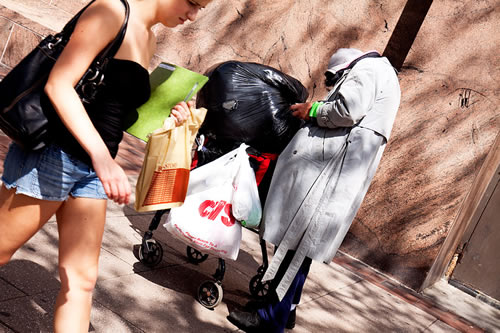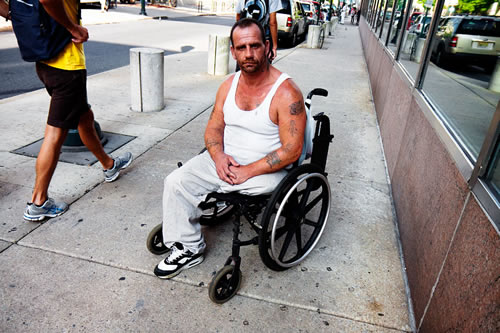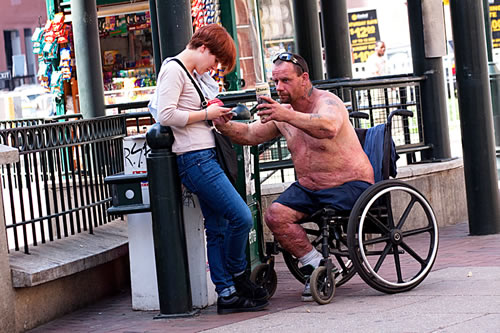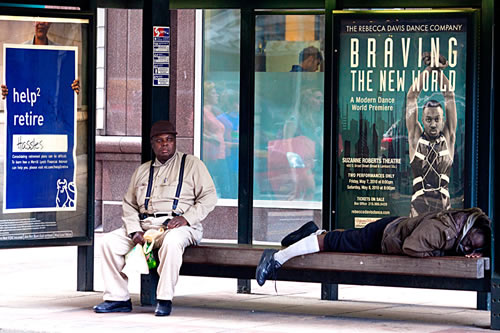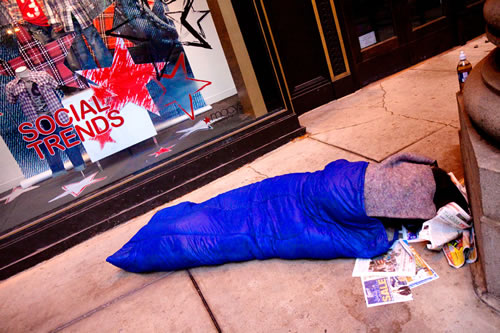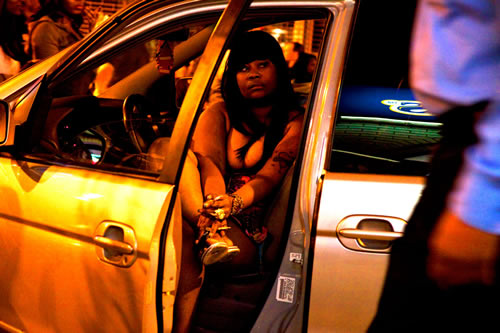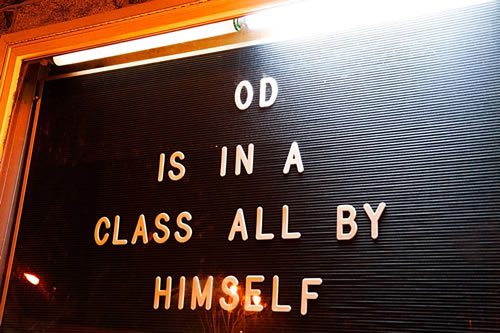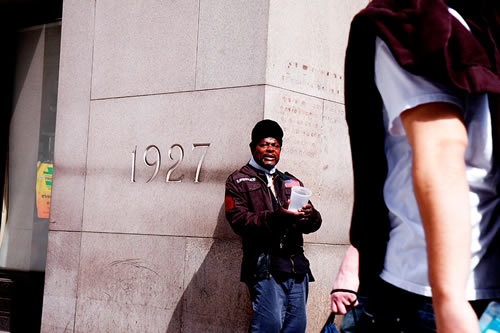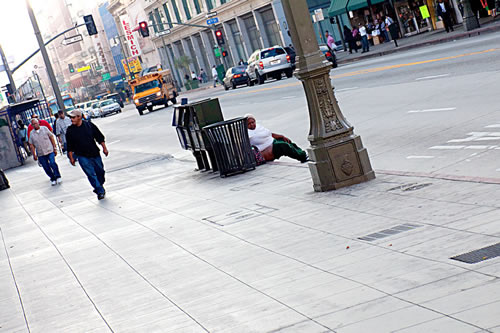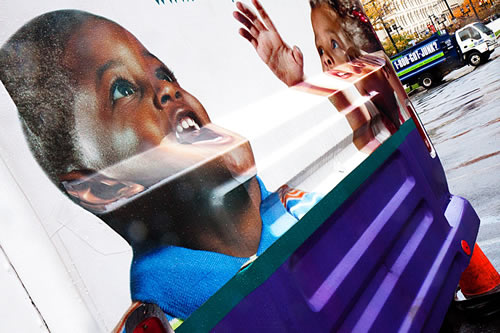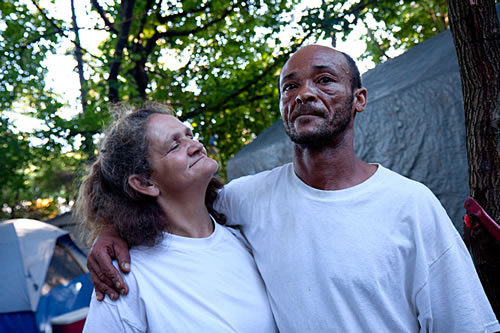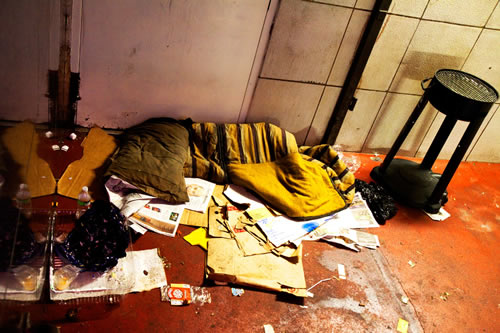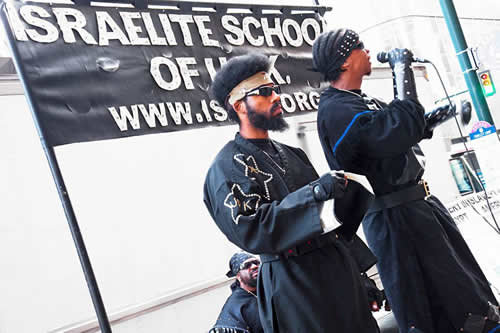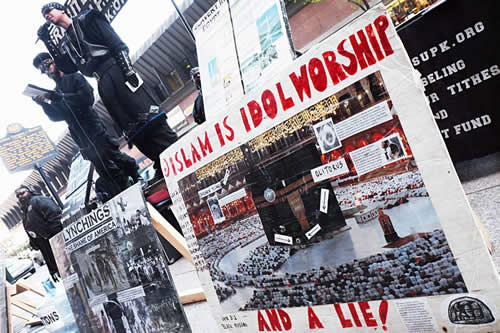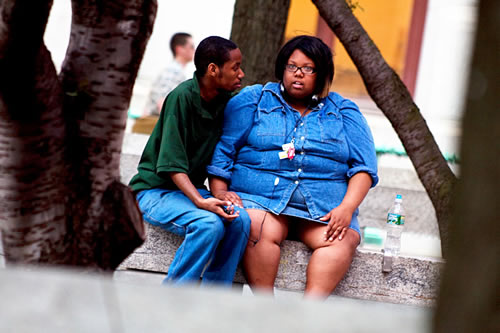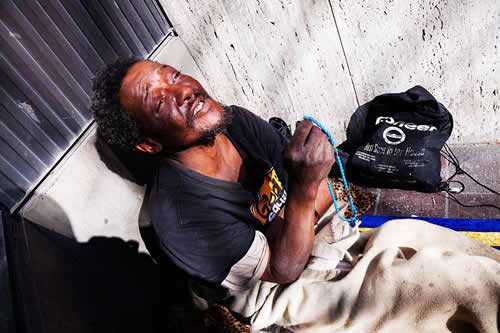The main purpose of my photo blog, State of the Union, is to record a changing America as it enters “The Long Emergency”, to borrow a phrase from James Howard Kunstler. With its industries mostly gone, unemployment constantly rising, millions of homes foreclosed and businesses shut down, it should become clear that the country is going through an economic convulsion that will forever change its character. What will emerge from this, I cannot conjecture, but I want to track it at street level, close to the ground, where the bodies are. Linh Dinh
O poeta vietnamita Linh Dinh, que reside em Filadélfia, dedica-se no momento a registrar o crash norte-americano. Já fez mais de 1200 fotos. Sibila publica aqui algumas delas, pela quarta vez.
What does State of the Union mean?
Every year for decades, American presidents have traveled to Capitol Hill to deliver their State of the Union address. They’ve done it because the Constitution told them to. Actually, all the Constitution says, in Article II, Section 3, is that the president shall “from time to time give to the Congress information of the State of the Union, and recommend to their consideration such measures as he shall judge necessary and expedient.” While the first two presidents, George Washington and John Adams, delivered their messages in person, Thomas Jefferson sent a written message. Other president’s followed Jefferson’s lead until 1913 when Woodrow Wilson decided that he would deliver his speech in person. Read More…Since then every president has gone to the Capitol to deliver his message to an audience that includes Congress, members of the Supreme Court and other Washington luminaries including Cabinet members (except one who stays away to maintain the line of succession in the event of a national emergency). Like the other traditions, that one has shown staying power because it serves the real purpose of the State of the Union address, which has been to give the president a once-a-year platform for advancing an agenda. The theater, the pomp, the effort to draw a connection to ordinary Americans has come to mean less about informing the legislative branch than about providing the leader of the executive an opportunity to lay out a vision for the country, lay out specific proposals and rally supporters — to attempt to define the political debate for the coming year.
